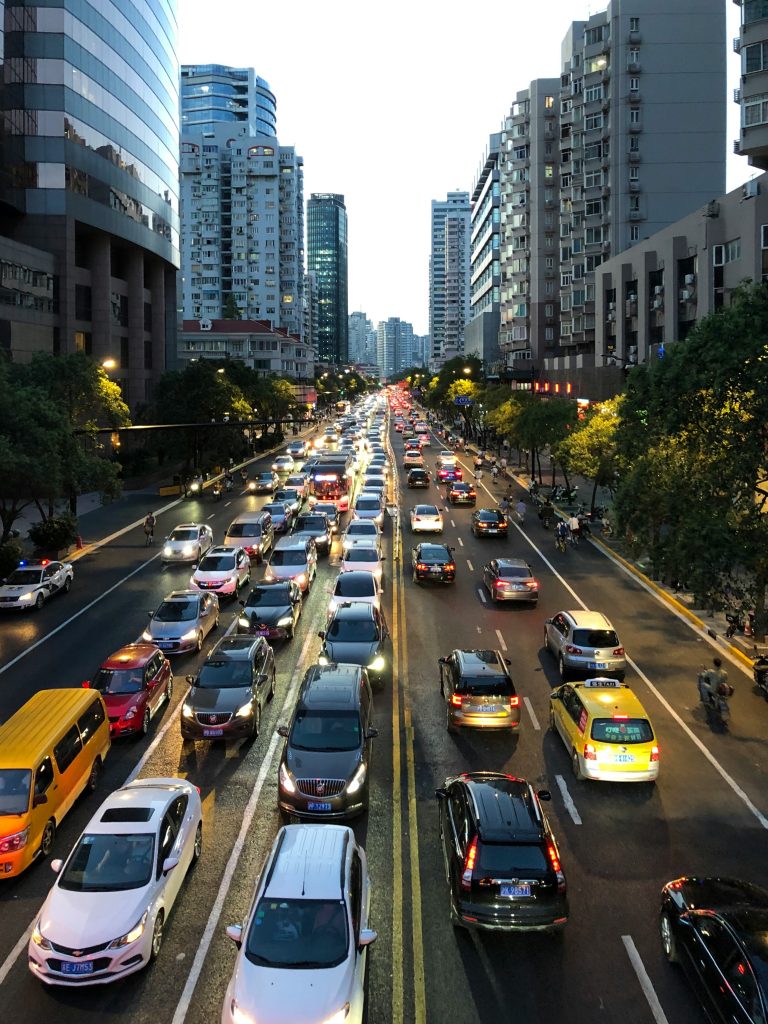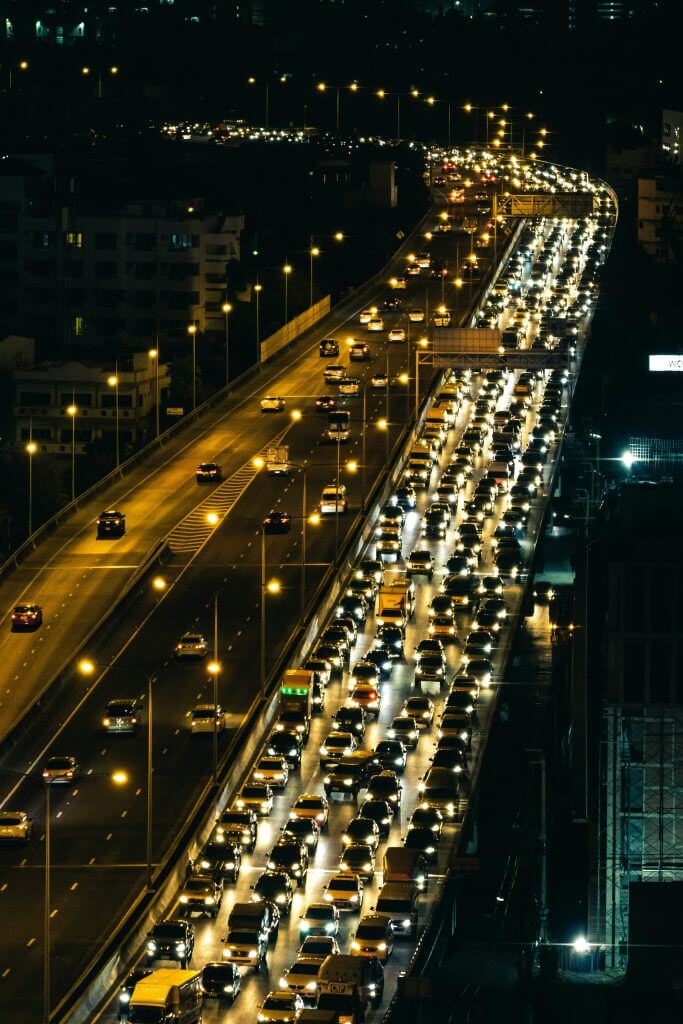For Delhi commuters, navigating through the bustling streets of the capital can often feel like a daunting task, especially during peak traffic hours. With vehicles of all shapes and sizes jostling for space on the roads, it’s essential to have a solid plan in place to avoid congestion and reach your destination efficiently. To assist you in your journey, here’s a comprehensive Delhi Traffic Advisory outlining recommended routes and areas to steer clear of.

Recommended Routes:
- Delhi Metro: For those traveling long distances or between major hubs in the city, the Delhi Metro is often the fastest and most convenient mode of transportation. With its extensive network of lines connecting various parts of the city, the Metro offers a reliable alternative to navigating through congested roads.
- Ring Road: The Outer Ring Road and Inner Ring Road are vital arterial routes that encircle the city, providing easy access to different areas of Delhi. These roads are generally well-maintained and offer smooth traffic flow, making them ideal for longer journeys or commuting between different parts of the city.
- Elevated Corridors: Several elevated corridors, such as the Barapullah Elevated Road and the Delhi Noida Direct Flyway (DND), provide a quick and hassle-free commute for those traveling between specific areas of Delhi and its neighboring regions. These elevated roads often bypass congested surface streets, saving commuters valuable time.
- Expressways: The Delhi-Gurgaon Expressway, Delhi-Faridabad Skyway, and Delhi-Meerut Expressway are major highways that offer fast connectivity to satellite towns and neighboring states. These expressways are equipped with modern infrastructure and toll booths, ensuring a smoother and more efficient travel experience.
Routes to Avoid:
- Connaught Place: While it may be the heart of Delhi’s commercial district, Connaught Place is notorious for its congested roads and limited parking options. Avoid traveling through this area during peak hours, especially if you’re driving, as traffic jams are common and can significantly delay your journey.
- Old Delhi: The narrow lanes and crowded markets of Old Delhi, including Chandni Chowk and Jama Masjid, can be challenging to navigate, especially for larger vehicles. If possible, plan your route to avoid these congested areas or opt for alternative modes of transportation, such as walking or cycling.
- Construction Zones: Keep an eye out for ongoing construction projects and road repairs, particularly on major thoroughfares like the Delhi-Meerut Expressway and the Ring Road. Construction activities can cause lane closures, diversions, and traffic snarls, so plan your route accordingly and allow for extra travel time.
- Heavy Traffic Junctions: Certain intersections and traffic junctions in Delhi are notorious for gridlock, especially during rush hours. Areas like ITO, Ashram Chowk, and AIIMS are prone to long queues of vehicles, so consider alternative routes or travel outside of peak traffic hours to avoid getting stuck in jams.

By staying informed about traffic conditions, planning your routes in advance, and utilizing alternative modes of transportation whenever possible, you can navigate through Delhi’s bustling streets with ease and efficiency. Whether you’re commuting to work, running errands, or exploring the city’s attractions, following this Delhi Traffic Advisory will help you reach your destination smoothly and stress-free.
Read More: Ratnagiri, Maharashtra: A Tranquil Haven for Nature Lovers in Mild Winters
